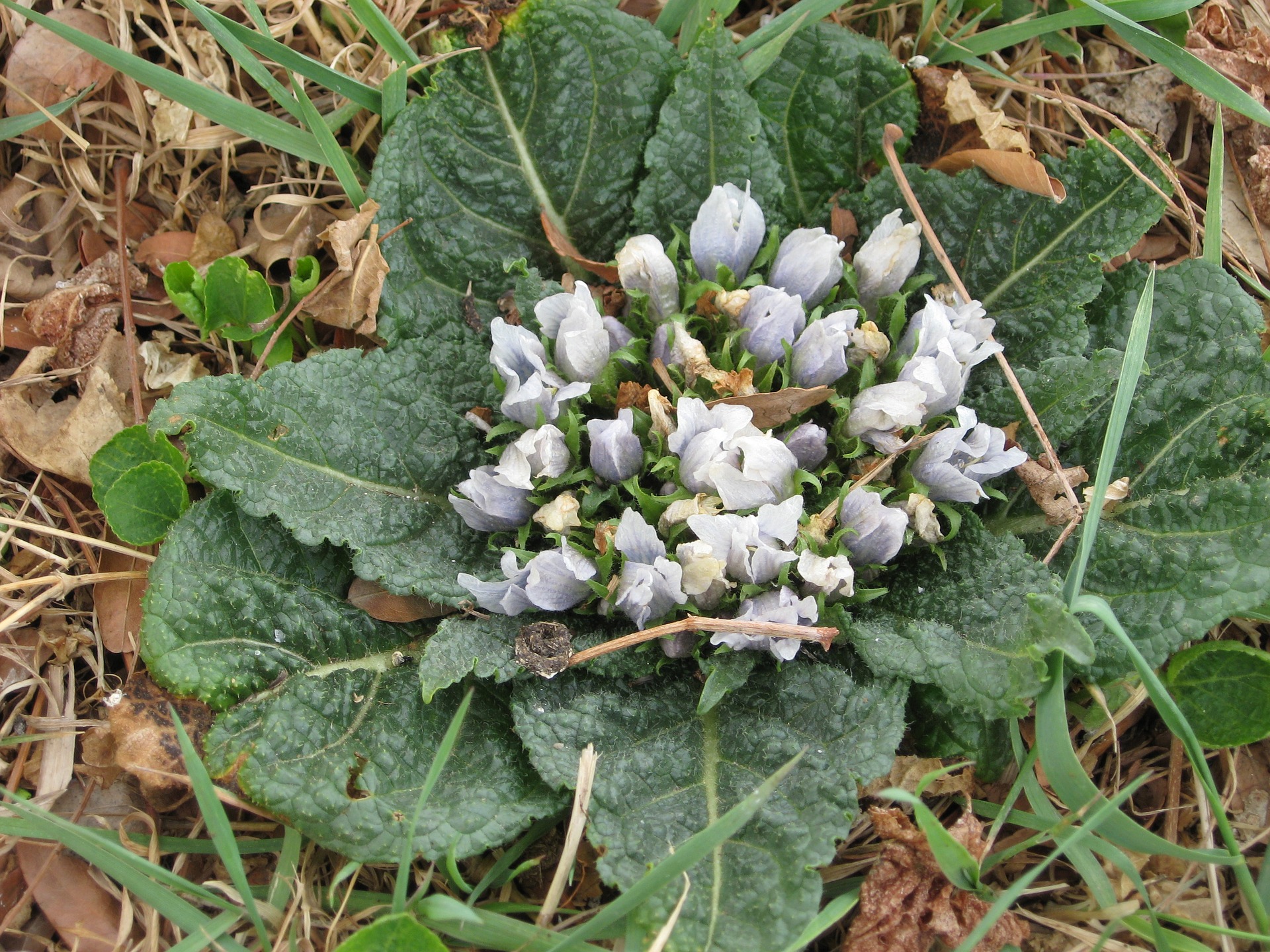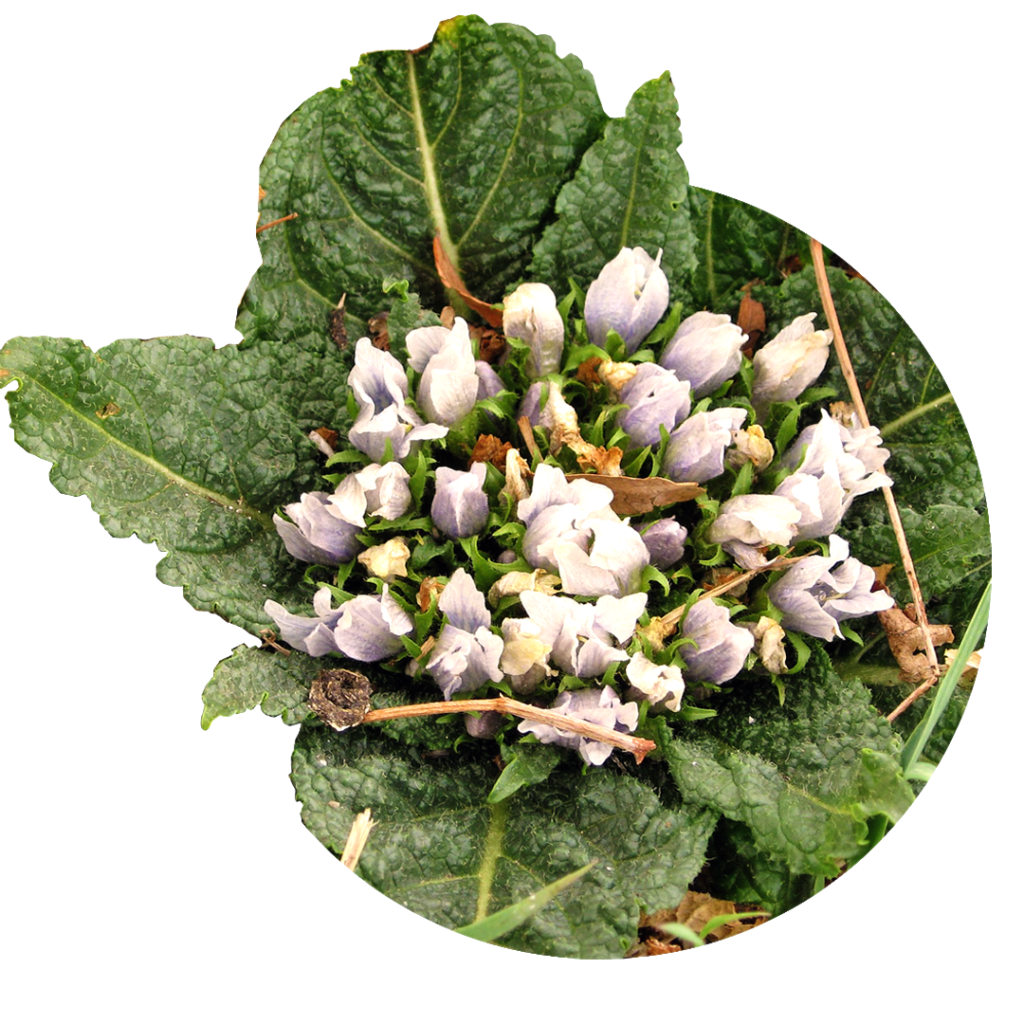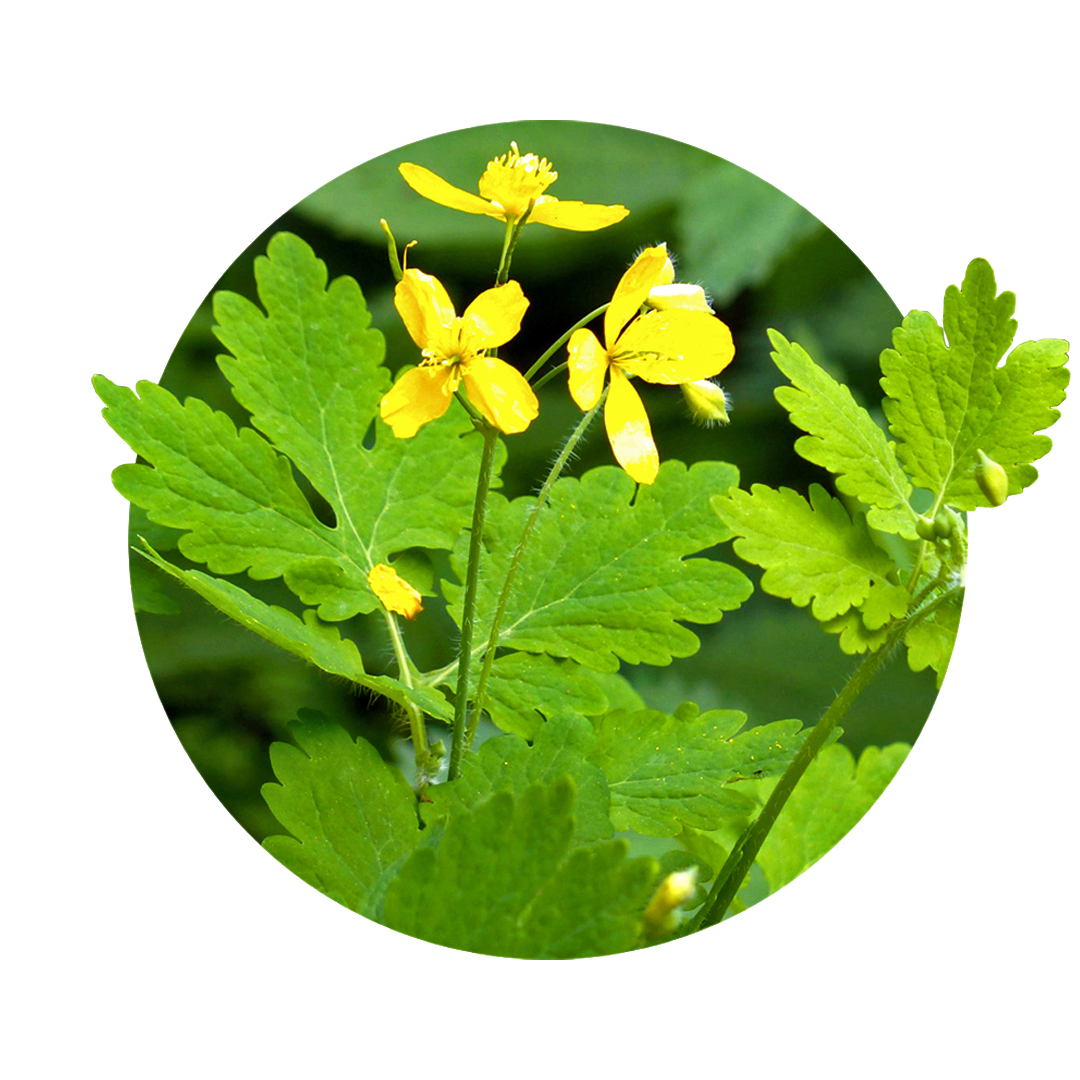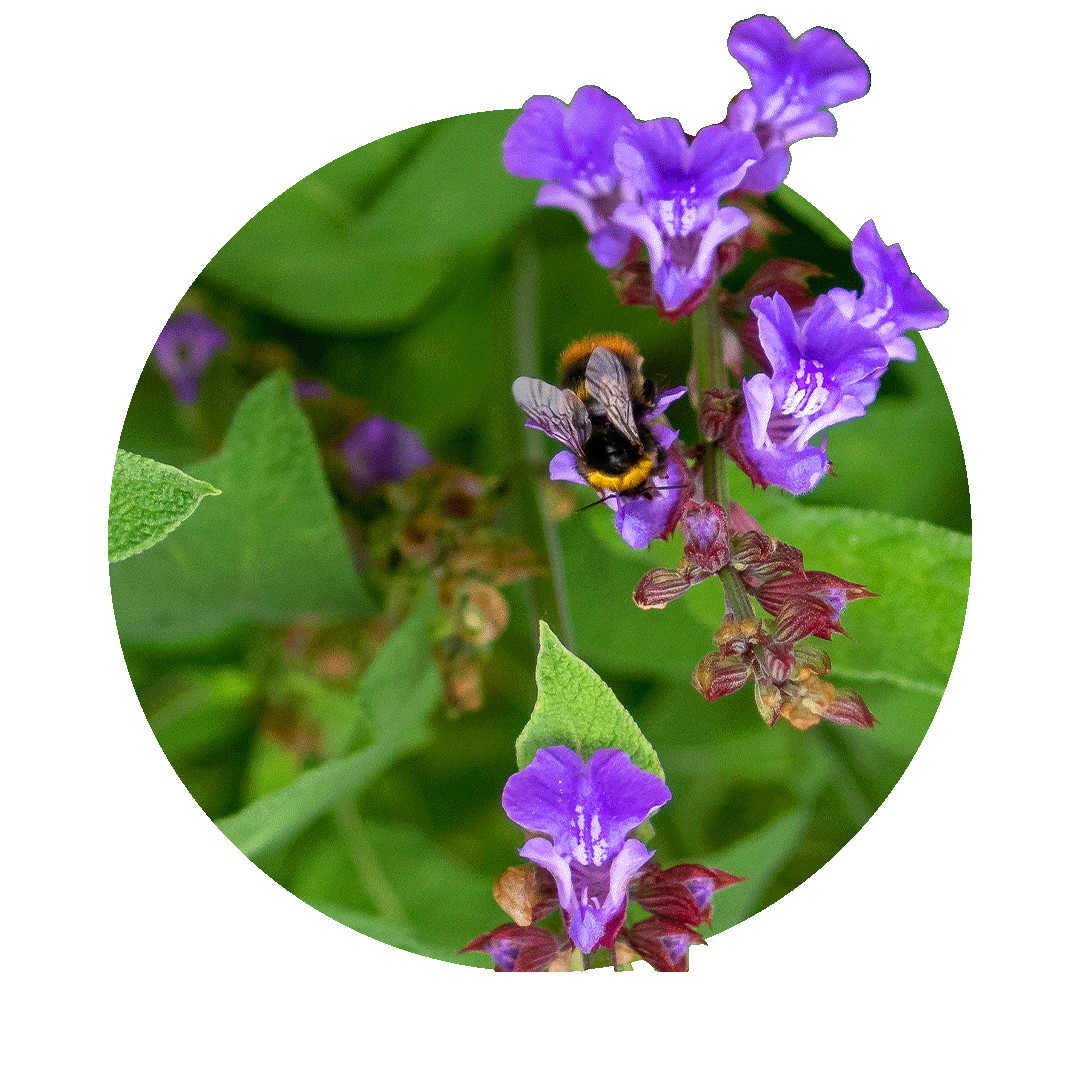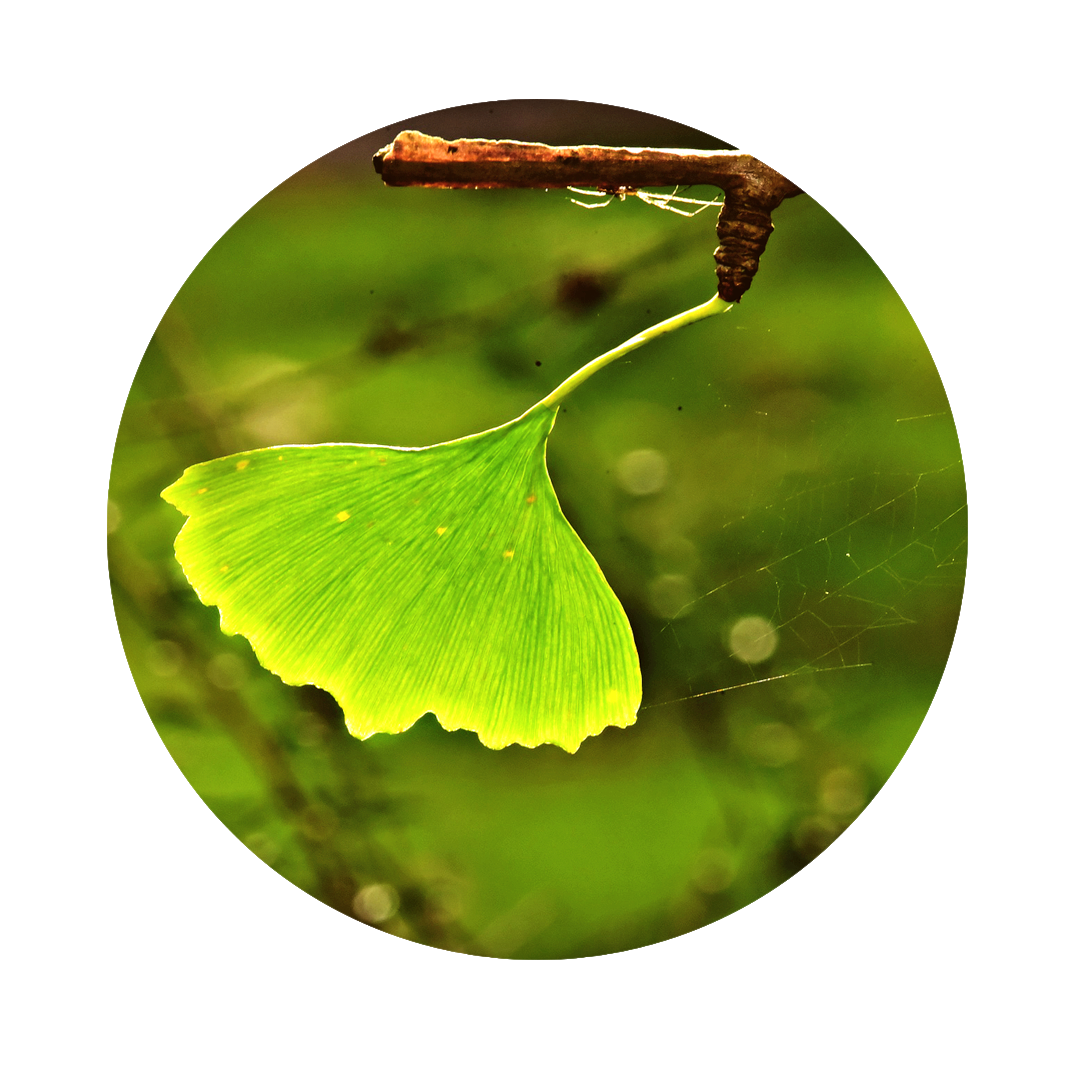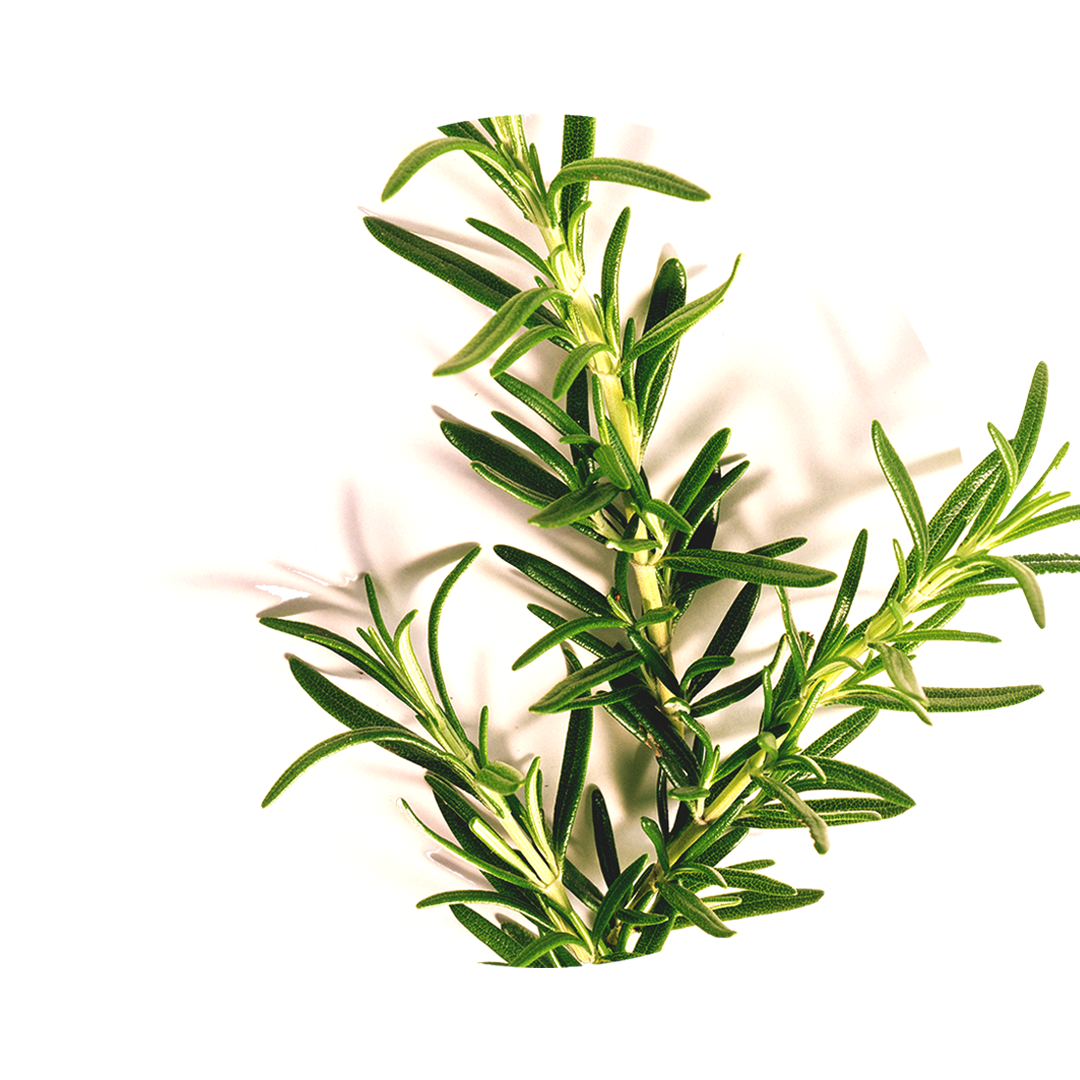Mandrake: The medicinal plant with magical powers
Mandrake is one of the most legendary medicinal plants. In the late Middle Ages until the 17th century, the peak of its myth was reached and its weight was sometimes weighed in gold. It was considered a hermaphrodite between a plant and a magical creature, which is certainly related to its strange form. The roots of the plants often form human-like shapes, which makes it considered unique. It was said that you could make a magical contract with a harvested mandrake and it would bring you good luck. In exchange, you would have to feed and nurture it-sometimes with milk and blood.
Mandrake facts
Did you know that...
... it is said that the plant when pulled out of the ground would emit a deadly scream?
... in the Middle Ages it was said to grow from the bodily fluids of hanged and murdered people?
... you kept a mandrake root at home and nourished to keep you lucky?
What is a mandrake?
Mandrake is a perennial herbaceous plant of the nightshade family with a typical appearance. The first year the plant concentrates on the formation of its powerful root. After that, it forms both increased foliage and fruits. The leaves are of a dark green, oval and make a crumpled impression. The rather large, heavy fruits grow hanging from long stems directly from the plant, causing the stems to snap off and the fruits to rest on the ground. Once the fruits form, the leaves retract completely into the root. Mandrake root gives off a typical sweet narcotic scent that carries an animalistic sulfur note.
General and healing properties of mandrakes
Anti-arthritic
Mandrake is anti-arthritic. It helps at this point in that it stimulates the metabolically weak, poorly perfused tissues to regenerate again, so that the joints no longer hurt and form enough synovial fluid.
Antirheumatic
Mandrake is anti-rheumatic. It inhibits inflammation, makes swelling go down and pain disappear. Mostly mandrake is applied externally and locally to soothe the treated tissue.
Parasympatholytic
Mandrake is parasympatholytic. That is, it inhibits the parasympathetic branch of the vegetative system and thus has a stimulating, stimulating effect on the organism and also changes the blood flow to the organs.
Mandragora officinalis Ingredients
As usual for nightshade plants, mandrake contains a mixture of different alkaloids such as:
- Scopolamine
- Hyascyamine
Mandrake: effect for body and mind
The effect of mandrake is due to the alkaloids it contains. These toxins are effective in the central nervous system. Here, like all nightshade plants, it has a markedly psychic effect. In the past, mandrake was therefore also used as a narcotic or painkiller, which is no longer an option today due to its poor dosing properties. Today, its toxin effect is used exclusively to influence blood circulation with anti-inflammatory effects. Mandrake is always used in highly diluted concentrations to ensure that the plant's toxin effect does not come into play.
Mandrake properties
As usual for nightshade plants, mandrake contains a mixture of different alkaloids such as:
- Vasodilator
- Anti-inflammatory
- Anti-arthritic
- Anti-rheumatic
- Narcotic
- Analgesic
Fields of application in naturopathy
The areas of application of mandrake are derived from its alkaloid action. The main therapeutic use is in the rheumatic-arthritic area. However, mandrake is also used for other indications.
Mandrake for asthma
In bronchial asthma, the bronchial tubes have an increased blood supply, produce more mucus and are constricted. As a result, the affected person has difficulty breathing. The alkaloids of mandrake have a regulating effect on the blood vessels directly in the central nervous system and thus ensure that the constriction of the airways weakens again and the patient can breathe better.
Mandragora officinalis for bronchitis
Also in bronchitis, the airways can narrow due to the inflammation, which leads to breathing problems. Mandrake, with its contained alkaloids, acts centrally in the brain and ensures that the nerves regulate the blood vessels, so that the inflammation-related increased blood flow decreases again. This also reduces the formation of mucus and the patient can breathe better again.

Mandrake for depression
Mandrake is used for depression when a phase of dejection has been reached. Since the alkaloids of the plant have a stimulating effect, one tries to increase the drive and the strength of the affected person again. The result should be that the person feels stronger and more resilient again and the depression weakens.
Mandragora officinalis for colic
The alkaloids of mandrake have a so-called anticholinergic effect. This means that it inhibits the messenger substance acetylcholine in the central nervous system and thus causes relaxation of the intestinal muscles. The cramps disappear and the feeling of well-being is restored. Of course, one should know why the intestine has cramped.
Mandrake for joint pain and athrosis
In chronic joint pain and osteoarthritis, the metabolism in the joint is usually so cooled down that the regenerative forces no longer work. Mandragora stimulates the blood flow to the structures again, revs up the metabolism and thus gives the body a chance to regenerate and heal. Synovial fluid is formed again in the joint and the arthrosis disappears.
Mandragora officinalis for headaches
Many types of headaches are directly related to the tension of the blood vessels. This too narrow or too wide position of the vessels causes pain in the skull and strains. The alkaloids of Mandragora regulate the position of the blood vessels to a normal, physiological level, so that the pain disappears and the headache improves.

Mandrake for liver and gall bladder disorders
Bile is produced in the liver and flows from there through a muscular channel into the gallbladder and intestines. However, this channel can also develop spasms, so that digestion hangs and you get a stomach ache. Since the mandragora in the central nervous system ensures that the nerves do not further stimulate the muscles, the bile ducts can relax again and digestion returns to normal.
Mandragora officinalis for stomach weakness
The stomach is a huge hollow muscle that massages and mixes the eaten food pulp. It can happen that the stomach muscle spasms. The anticholinergic effect of the alkaloids of mandrake causes that the nervous system does not stimulate the muscle further. The stomach can relax and the spasms subside.
Instructions for the use of mandrake
Mandrake is used homeopathically from the D4 potency or as a spagyric remedy. Only ointment preparations of the anthroposophical therapy direction have a 5% concentration.
The preparations are usually used over a longer period of time, as the diseases usually have a chronic character.
Mandrake in pregnancy & lactation
In principle, an oral application is to be discussed therapeutically. In pregnancy, low potencies below D12 should be fundamentally avoided or used only after consultation with a physician or naturopath.
Discover our sprays
With natural methods such as the individual spagyric sprays from Zimply Natural, complaints can be treated and sustainably alleviated.
Use the healing power of Mandragora officinalis!
Use the healing power of mandrake and our other 100 medicinal plants for the natural relief of your ailments. Improve your well-being and support your body, mind and soul! Use our configurator to create your personal spagyric spray, which is tailored to your needs and accompanies you on your natural path to the improvement of body, mind and soul.

